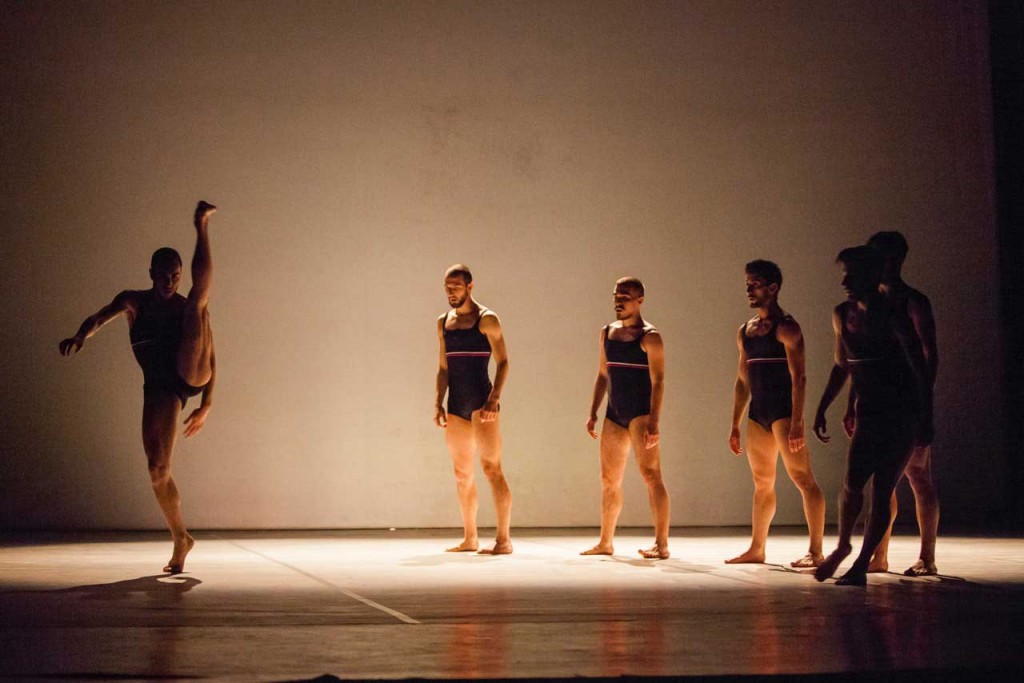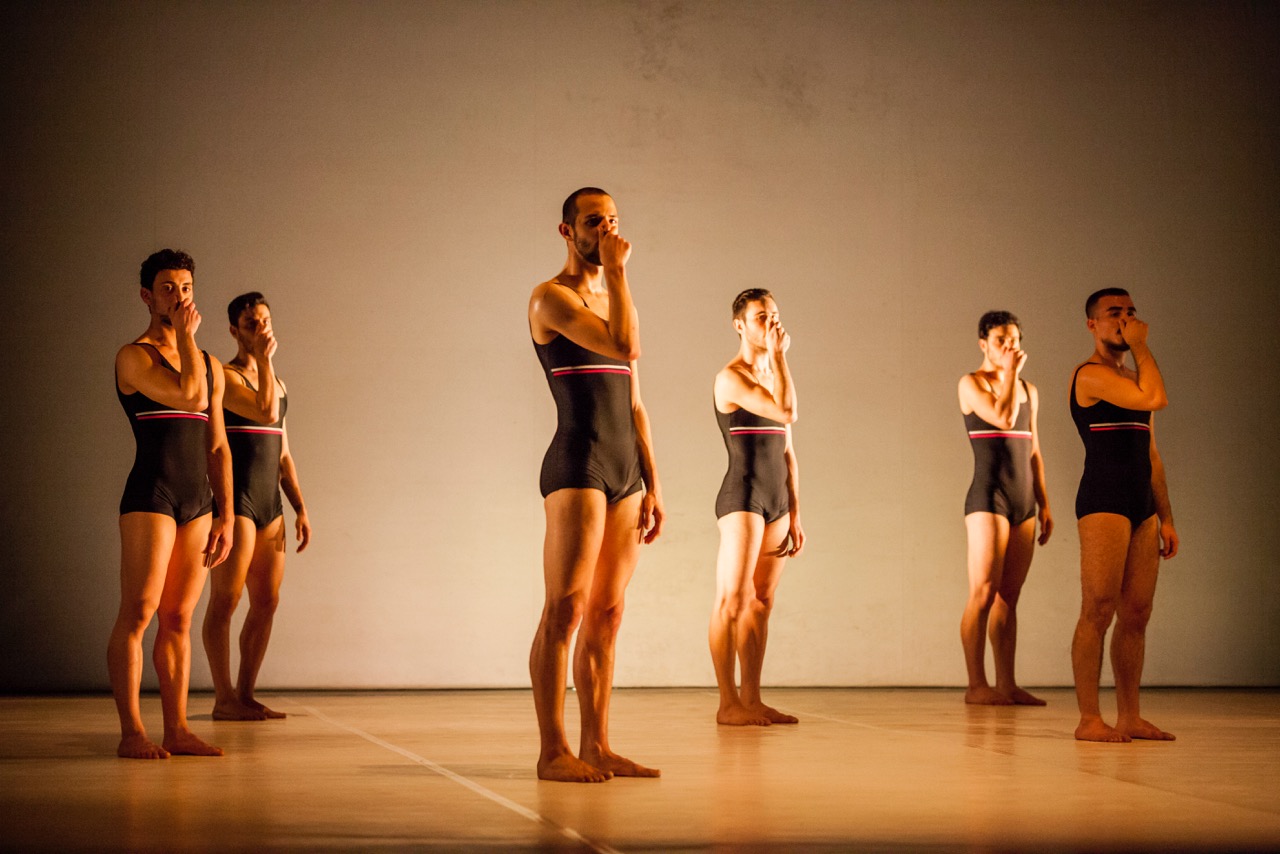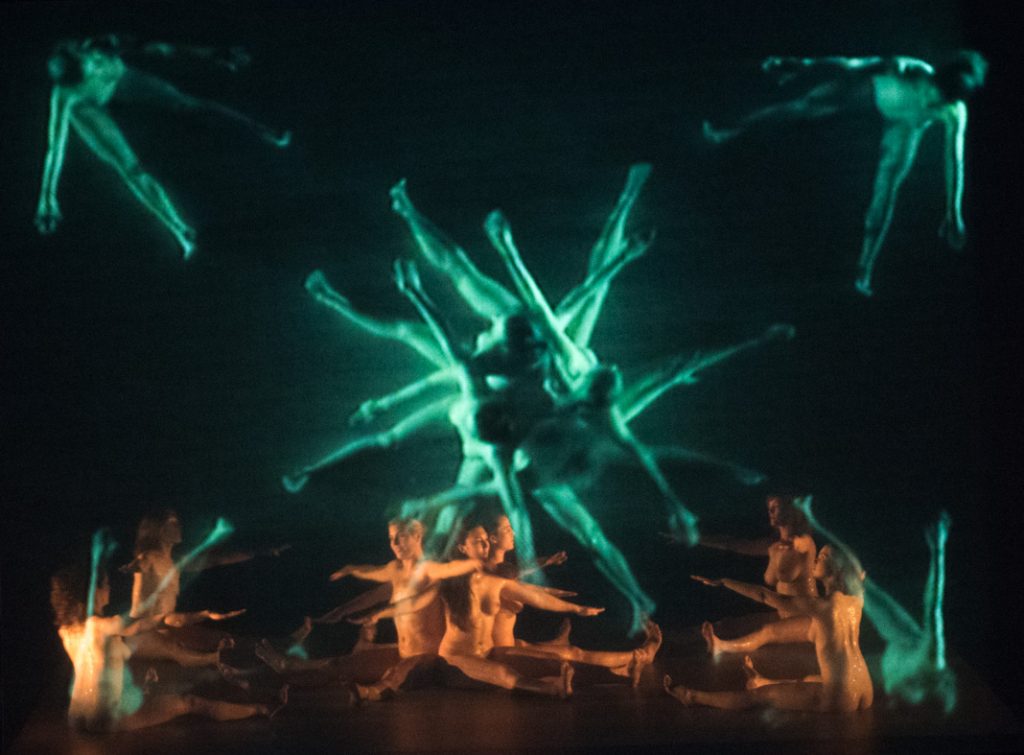It is a new and important trend within the programming of international dance and performance festivals in the Netherlands: not only showing relevant work by international choreographers, but also paying explicit attention to dance makers connected to Dutch dance practice. Spring Utrecht opened in May with Nicole Beutler and closed with Jan Martens, while during Julidans Pere Faura was allowed to kick off with sin baile no hay paraíso (no dance, no paradise).
Julidans not only showed Eszter Salamon, Meg Stuart, Mette Ingvartsen and Lemi Bonifasio, but also had the world premiere of Protagonist, the new piece by Jefta van Dinther at Sweden's Cullberg Balleten. During the closing weekend, there was a special focus on Israeli choreographers active in the Netherlands. In addition to the triptych Barbarians by Hofesh Shechter, whose NDT has older works in its repertoire, presented Julidans a double programme featuring works by Itamar Serussi and Keren Levi.
That double programme rattled on all sides. The relatively short work by Serussi - house choreographer at Scapino for two years, previously active at Tilburge Station Zuid - seems hastily put together. Tefer makes little impression due to a lack of compositional logic. In contrast, Keren Levi's full-length and well-researched work. The Dry Piece XL is a re-recording of a 2012 piece created with video artist Assi Weitz and composer Tom Parkinson.
Acknowledgement
To the choreography of The Dry Piece nothing has changed. Only the number of dancers has doubled, from four to eight. This has interesting consequences not only for the impact of the work, but also for its distribution: from the small theatre to the large, from the specialised theatre to the theatre, from an artistic incrowd to the general public, where there are new challenges but also more recognition to be gained.

The imbalance of the double programme is then compounded by the fact that Levi's work is entirely unsuitable for the old hall of Amsterdam's Stadsschouwburg. It needs the openness and intimacy, good sightlines and nice amount of space all around, that a large flat-floor theatre offers, as available in the Rabozaal one stairwell away in the same building or, for example, in the theatres in Rotterdam and Utrecht. The Dry Piece very deftly combines elements from dance, film and video and, as a piece, moves on the border of theatre and visual art. If you place this work, especially in an XL performance, back in a frame theatre with a 19th-century setting, you stupidly do the work no justice.
One-dimensional
Serussi's torrent of loose ideas and tunes, then again, does function in the list because of its one-dimensional aesthetic. At first, it intrigues Tefer even for a moment through the use of silhouettes, which emphasise the visual aspect of the work ás aesthetics while confusing the embodiment suggested in the silhouettes. Am I looking at men or women, are they white, black or painted black dancers? Unfortunately, it puts Tefer not continue working on this or any other idea.

The double programme thus turns out unfavourably for both choreographers, but also raises the question of why audiences are saddled with this inimitable combo.
Promotion
Afterwards, it becomes clear that the double programme is part of a promotional project for emerging Dutch choreographers, Moving Meetings. The double bill "is open to everyone (not just professionals)," Julidans states on its webpage for the programme. But there is more. Tefer was funded by the Fast Forwardprogramme of the Performing Arts Fund, in which 12 to 15 performing artists receive funding for a (multi-year) cooperation project abroad, to create a performance or concert. The programme, which runs between 2014 and 2016, involves €1.1 million.

It is of course very important for Julidans to strengthen its position as a festival at home and abroad by not only importing, but also promoting the export of contemporary dance, all in close consultation with various governments. At the same time, the question is whether mercantile considerations, so terribly typical of Dutch dance policy for decades, should be allowed to come at the expense of presenting work in all seriousness. Why do choreographers say yes to such a proposal? And what does it gain them?
Reuse
Also notable is that with choreographers like Serussi or Hofesh Shechter, the old premise of Julidans, "anything other than ballet" programming, has been jettisoned. As Serussi's Tefer makes one thing clear, it is that the work is not about a challenging choreographic, conceptual or otherwise methodical approach - something that leads to artistic vision, but rather is about reusing gestures and themes, without exploring or questioning the aesthetic framework of neo- or post-ballet itself.
You wish Itamar Serussi would be challenged to do something more structural, to find a necessity in composition and the deployment of bodies and movement. You would want The Dry Piece XL was taken seriously, and had been presented to the public by Julidans as a mature work. I wrote two years ago about The Dry Piece, which was then very nicely displayed in Theatre Kikker. After the weekend, I will discuss the extra-large version. Irrespective of all the states around it.
Seen: Julidans, from 30 June to 10 July 2016 in Amsterdam

